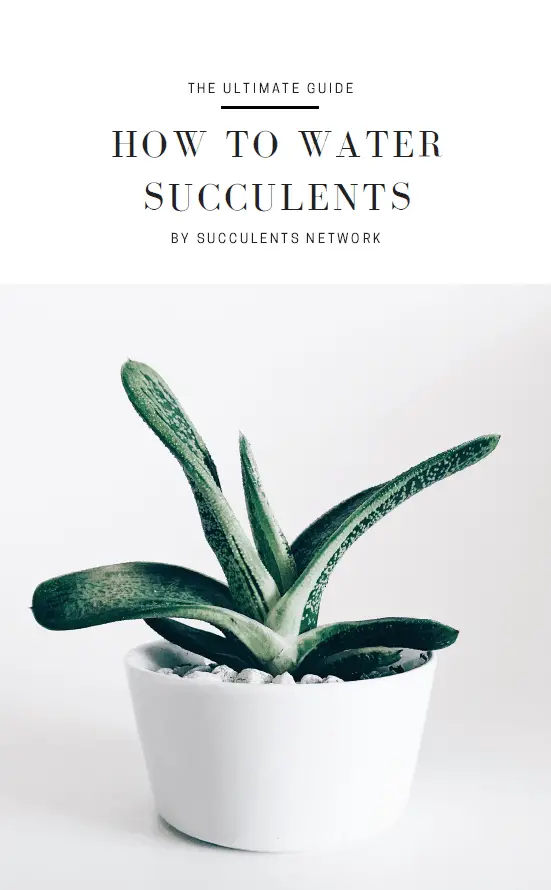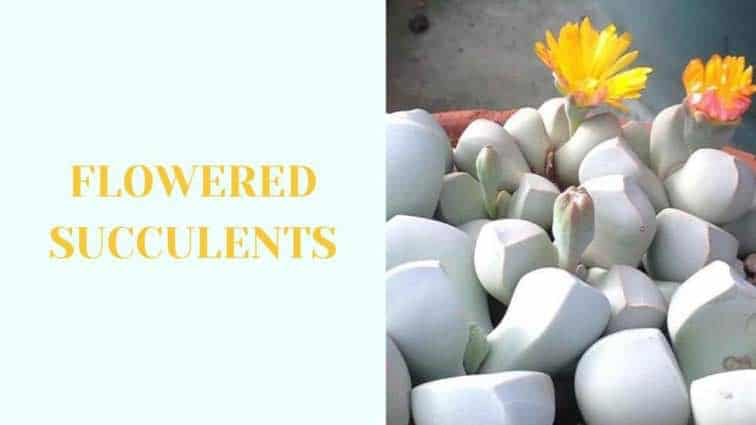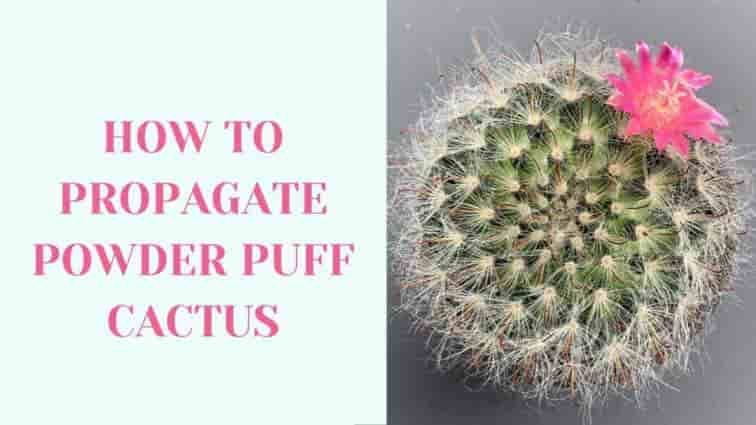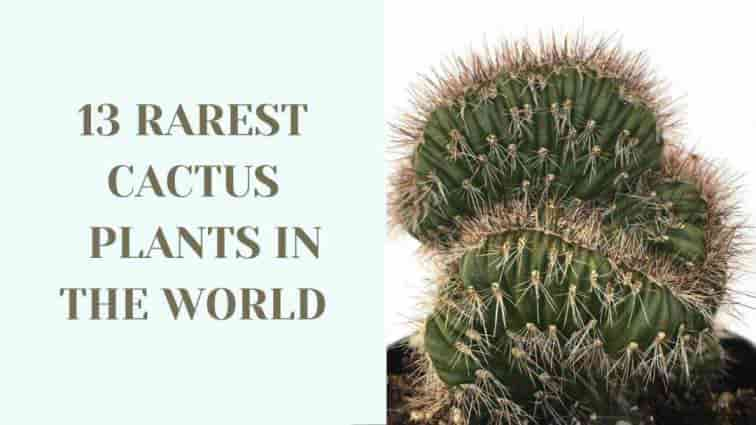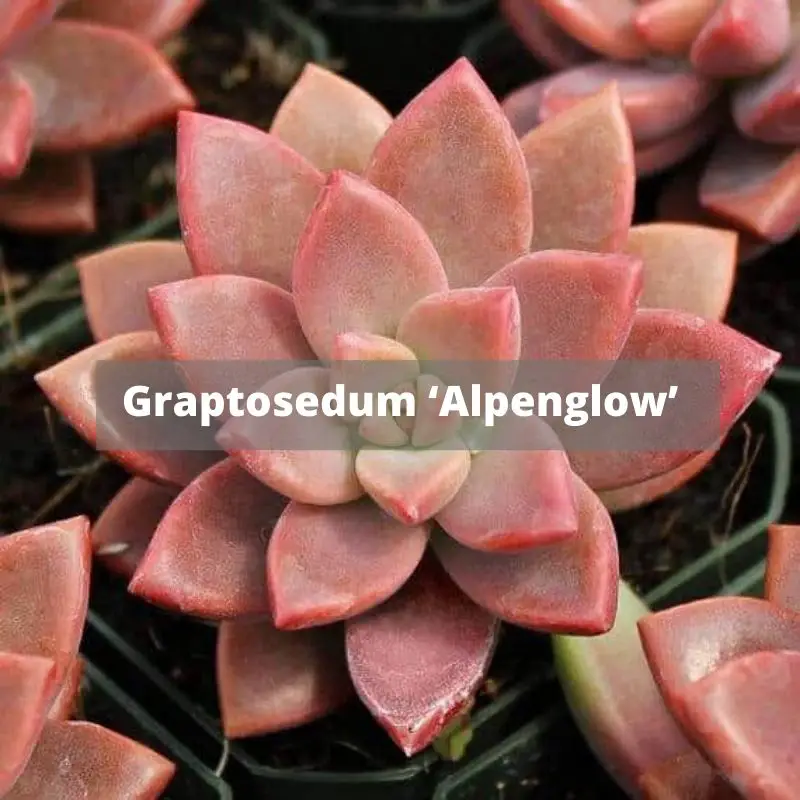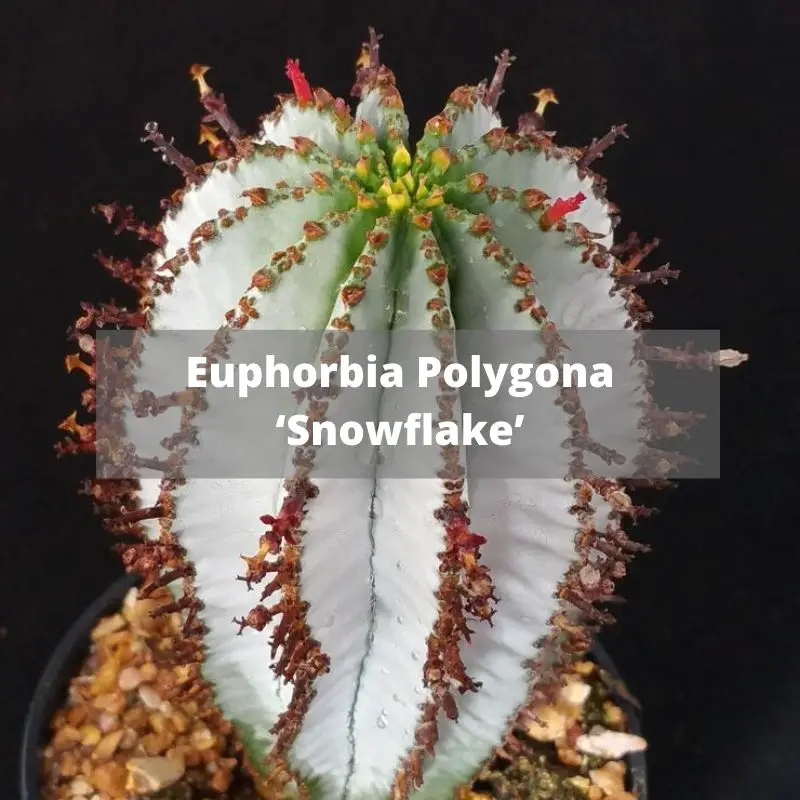This elegant and stunningly attractive succulent is internationally admired. Aloe Aristata care is minimal. So the purchase of this plant is a clever choice for a novice gardener, although it is treasured by most plant lovers. It is related to the Haworthia genus and originates from Africa. It is one of the hardiest of succulents. Guinea- Fowl Aloe is another name used for it. The wholesome dark green leaves are distinctly spotted in yellow, and the edges give the appearance of tiny teeth.
Summer is the time for showing off their tubular red-orange blooms that densely surround the leaves. Whether in the home or office Aloe Aristata sparks the interest of plant admirers everywhere. Among the plethora of succulents globally grown, Aloe Aristata stems from a genus that is one of the easiest to care for and remarkably resilient to inclement weather and fungi.
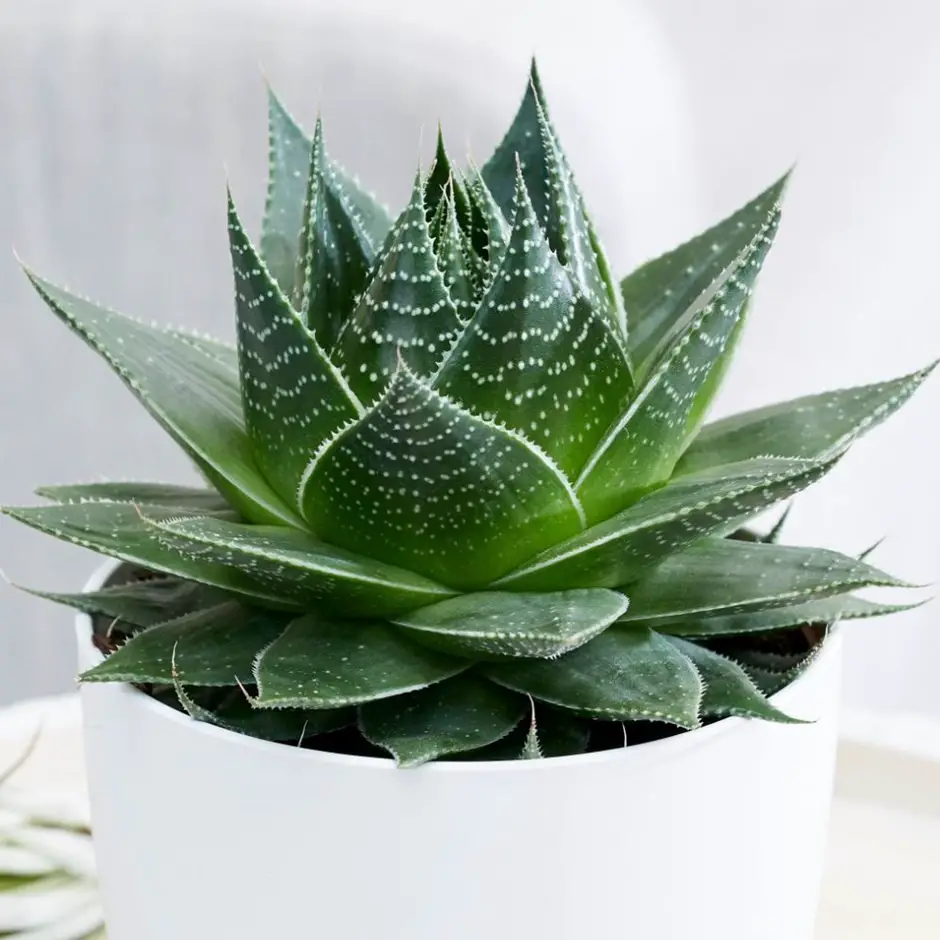
Picture via waitrosegarden
How To Cultivate Aloe Aristata
This amazingly dense succulent requires bright sunlight during summer. In spring and summer, it’s best to allow the soil to dry out before watering to avoid rotting. Yellowing leaves is a sign of overwatering. Whereas in the winter it should be taken indoors when the temperature is the coldest, usually before the final frost. Indoor Aloe Aristata care also requires having them in windows with bright sunlight.
How To Plant Aloe Aristata
The ideal time for planing is in spring through summer in hardiness zones 10a, whereas spring through fall in zone 10b, and year-round in hardiness zone 1 or higher as recommended by the USDA. Soil should be mixed with organic matter and gently covered. Plants are to be put on a higher level above the ground during the rainy season. An adequate container is one that is 30-50% larger than the root ball. Use pots with good drainage. If saucers with pots are preferred, empty the saucers at the end of the day. Fertilizing once a year is recommended.
Aloe Arisata Plant Size
The size of the leaves of Aloe Aristata is about two to four inches and the plant is about four to eight inches in height, although leaves are not always uniform in height and width. Stems are not a part of this plant, so Aloe Aristata care can be easily achieved. When sufficient care is taken leaves may grow as tall as six to twelve inches, and the rosette may spread as two feet.
Tubular Flowering and Aroma
Aloe Aristata has a mildly pleasant fragrance at the beginning of the blooming season. Its orange-red flowers compensate for its everlasting overall beauty throughout the season.
Growing Aloe Aristata Outdoors
An effective guideline for outdoor growth is an awareness of temperature changes. When the temperature is dropping below 50 degrees Fahrenheit, plants should be brought indoors since they have a very low tolerance for cold weather.
Growing Aloe Aristata Indoors
Aloe Aristata care indoors is painless using all the right tools. Grow this exotic succulent in pots, planters, flowerpots and other containers in your home or office.
How To Fertilize Aloe Arista
During the actively growing seasons fertilizing is done once a year.
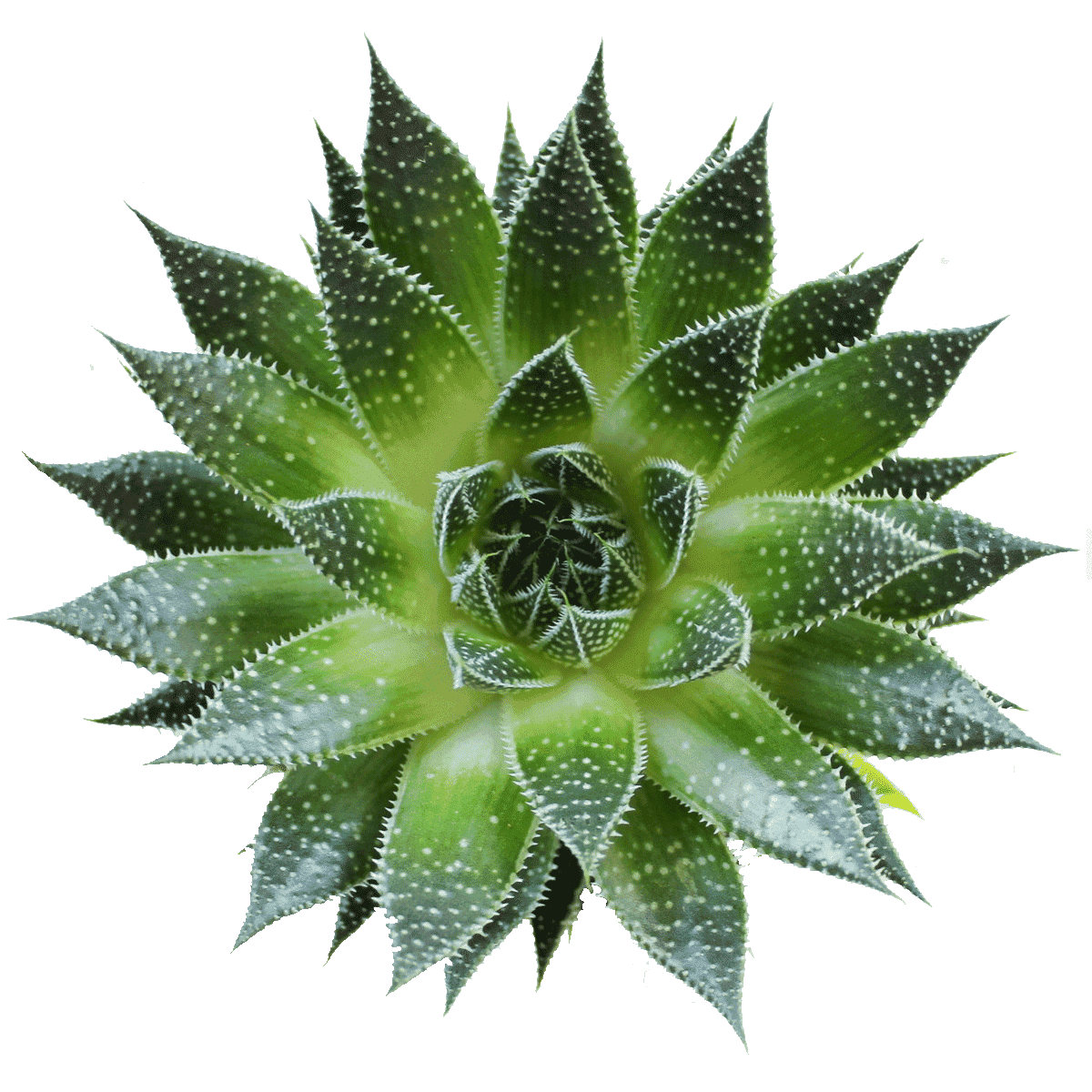
Picture via microplantstudio
How To Water Aloe Aristata Watering
Only a moderate or small amount of water is required. Allow the plant to dry out before watering again. This is a deterrent against the rotting of soil and inhibition of growth. Pour the water at the base of the plant. Water that collects in the leaves increases the danger of rot. Irrigation is not a wise option when cultivating succulents. While this plant should be watered regularly, half an inch of soil should be dry before more watering.
Light and Temperature Care
Aloe Aristata care requires full sunlight to be its best in warmer regions. Succulents are slow growers. They thrive in normal temperatures indoors in bright west- or east-facing window light, without plenty of direct sunlight.
Are your succulents dying? Do you need urgent help to keep them alive? Don’t worry! This ebook will solve the problems. I shared all my secrets related to how to water succulents with you.
How To Propagate Aloe Aristata
Another aspect of growing is propagating so as to have as many plants as you need. This is done by planting seeds or by reaping stolons from the underground of the plant. After nurturing them for about two to three weeks the roots should have been strong enough. Leaves that are forming rosettes (which are sometimes called “pups”) can now be separated from the stolon. Its versatility and ease in propagating is the reason it is highly treasured among many others.
You can put the rosettes in larger pots during the spring considering how they grow and administering the same care that makes them flourish at their optimum. Use a commercial cactus soil mix that guarantees adequate drainage. Homemade potting soil mixes are a great option for use in growing succulents. The ratio for homemade mixing is three parts of potting soil to one part of coarse sand, perlite, or pumice. Transplanting this succulent is as carefree as transplanting most other plants. No additional rules have to be learned when adequate care for Aloe Aristata is employed.
How To Prune Aloe Arista
Dead leaves and aging flowers are the only concerns of a gardener when caring for Aloe Aristata. It is a normal process as weather changes in the various seasons. Prune plants after the blooming season for healthy growth.
Diseases and Fungi
Taking care of Aloe Aristata includes being on the lookout for pests, diseases, and fungi that may interfere with the growth of the plants. Among these are aphids, slugs, and snails. These can all be easily treated when present in succulents. Nevertheless, there may be other fungi that affect internal roots and these are more difficult to get rid of. Use a fungicide to obliterate this problem. It is also a good idea to decrease the quantity of water used for each time you water. Brown or white patches may also show up on the leaves which indicate the presence of scale insects or mealybugs. These are destroyed with the use of a cotton swab dipped in alcohol and used to wipe them off.
Most Efficient Gardening Tools
Tongs, pruning shears, long-handled scissors, and certain tweezers are skilfully used to care for Aloe Aristata and most succulents; however, among these pruning shears are the most efficient.

